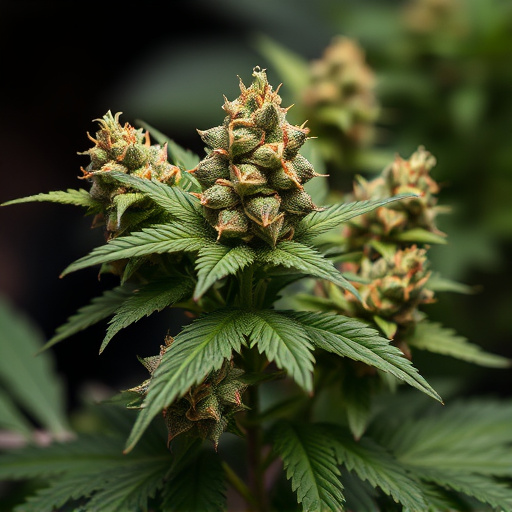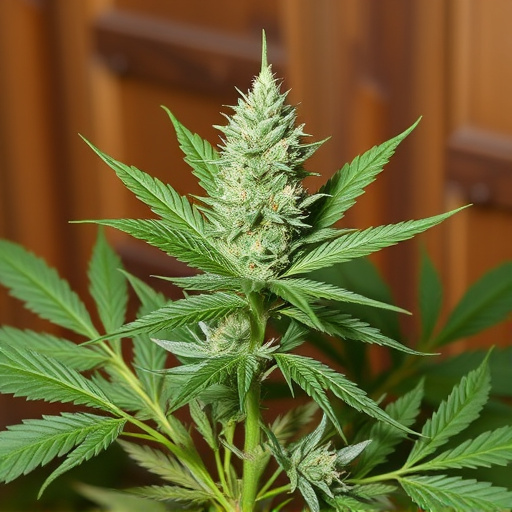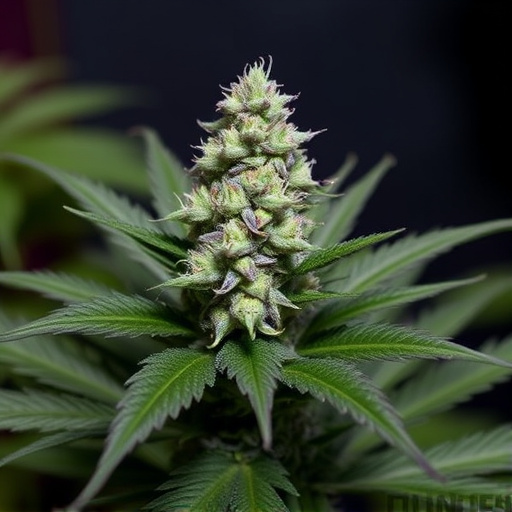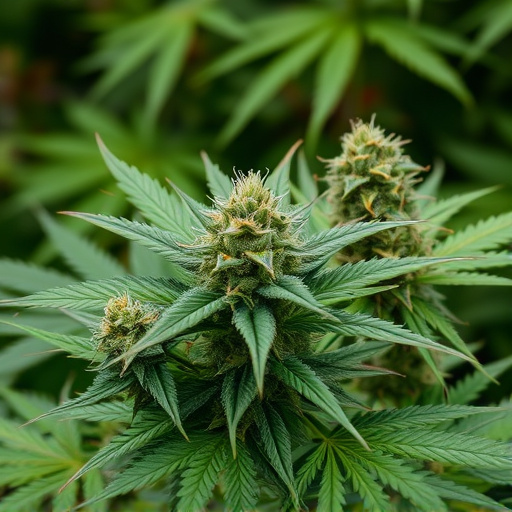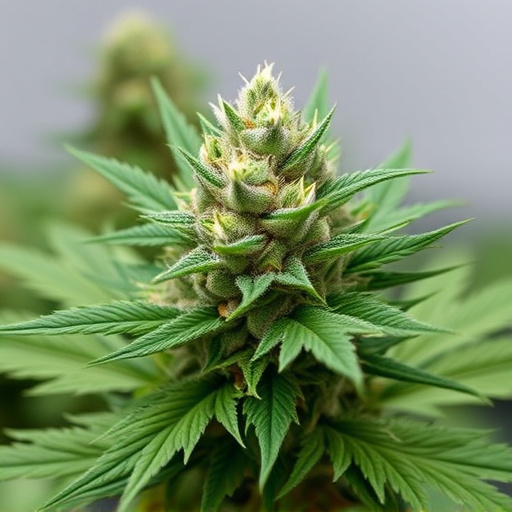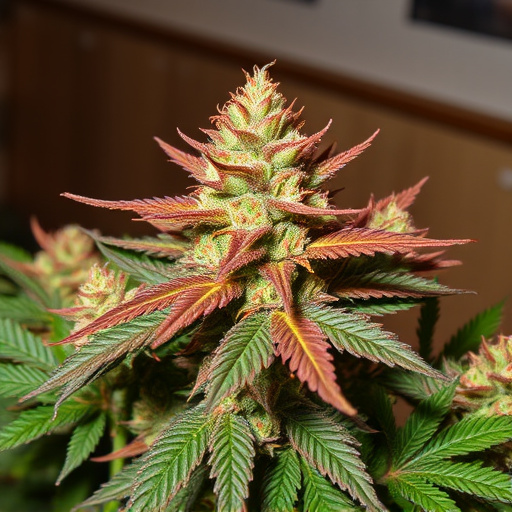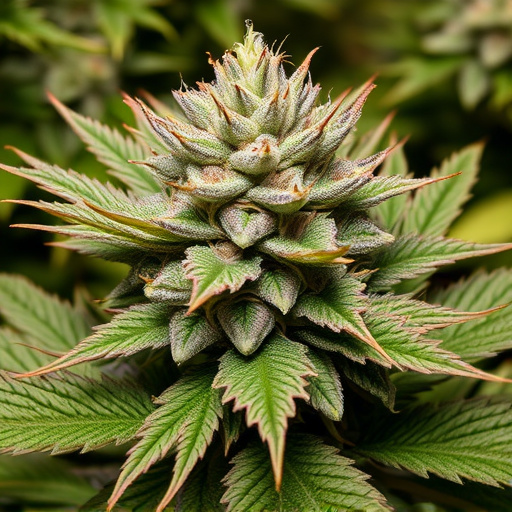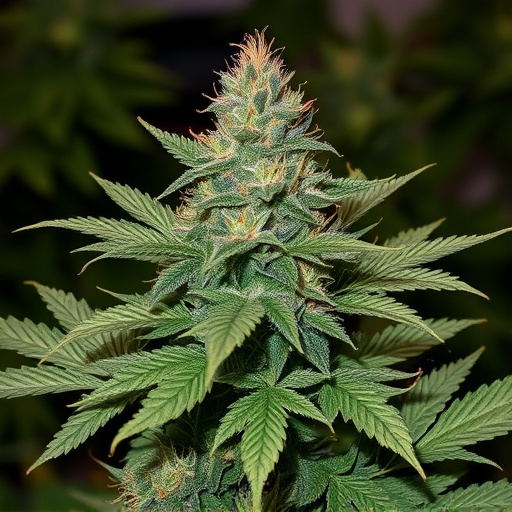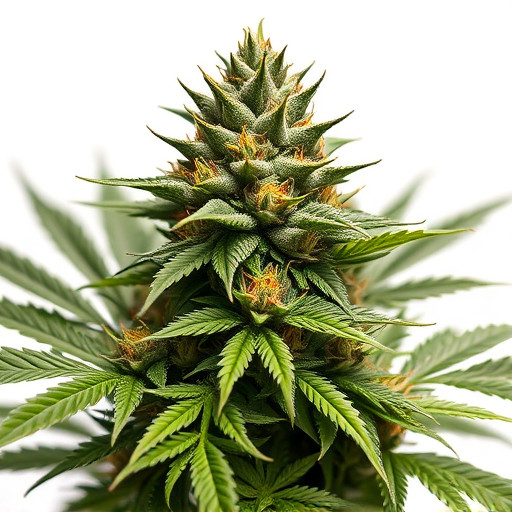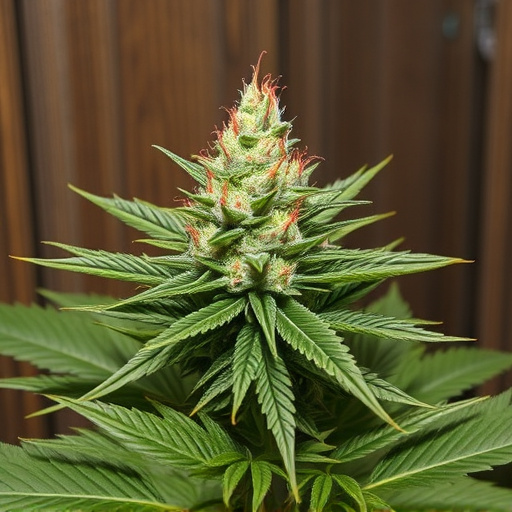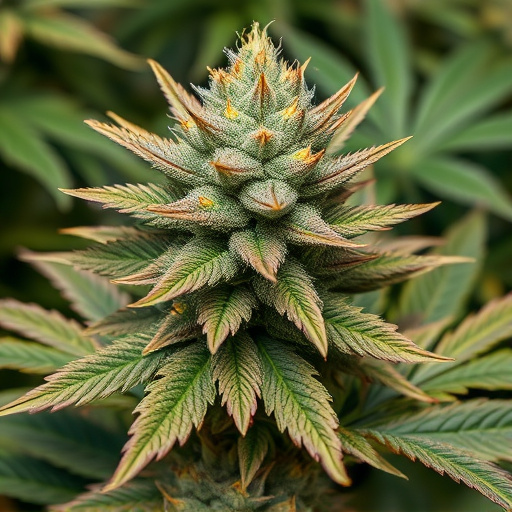Old school cannabis strains, naturally lower in THC than modern varieties, extend drug test detection windows due to their distinct cannabinoid and terpene profiles. Terpenes, like myrcene in old school strains and pinene in hybrids, influence metabolism and elimination of cannabinoids, affecting detectability. Understanding these variations is crucial for navigating legal consequences under varying cannabis laws.
“Unraveling the mysteries of cannabis detection times is crucial, especially with the growing popularity of both medical and recreational use. This article delves into the multifaceted factors that influence how long cannabis remains detectable in an individual’s system. From the genetic diversity of old school cannabis strains, known for their unique cannabinoid and terpene profiles, to individual metabolic variations, body weight, and tolerance—each plays a role. Additionally, we explore the impact of testing methods and advancements in technology on detecting THC, providing insights that go beyond simply ‘old school’ knowledge.”
- Genetics and Old School Cannabis Strains
- – Discussion on how different cannabis strains vary in metabolism and cannabinoid profiles.
- – Impact of terpene composition on detection times.
Genetics and Old School Cannabis Strains

Cannabis genetics play a significant role in determining detection times. Old school cannabis strains, developed before modern cultivation techniques and genetic modifications, often have lower THC (tetrahydrocannabinol) levels compared to their contemporary counterparts. Lower THC concentrations can extend detection windows since THC is the primary compound of interest in drug tests. Additionally, these traditional strains may exhibit unique chemical profiles with varying ratios of cannabinoids and terpenes, further complicating the detection process due to the complexity of testing against a broader spectrum of compounds.
– Discussion on how different cannabis strains vary in metabolism and cannabinoid profiles.
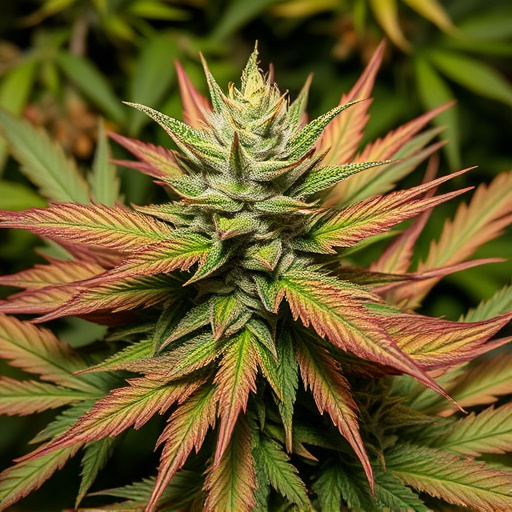
Cannabis detection times can vary significantly due to the diverse metabolism and cannabinoid profiles found in different strains. Old school cannabis strains, with their unique genetic backgrounds, often possess distinct chemical compositions compared to modern hybrids. These variations in cannabinoids like THC (tetrahydrocannabinol) and CBD (cannabidiol) directly impact how quickly and for how long these compounds can be detected in an individual’s system after consumption.
The metabolism of cannabis is a complex process influenced by multiple factors, including the specific strain, method of consumption, frequency of use, and individual biochemistry. Old school strains, known for their potent and consistent effects, may have higher concentrations of THC, leading to longer detection windows. Conversely, modern strains often feature hybridized genetics, resulting in varied cannabinoid levels and potentially shorter detectable periods. Understanding these differences is crucial when considering the potential implications for individuals in scenarios where cannabis use is regulated or prohibited.
– Impact of terpene composition on detection times.
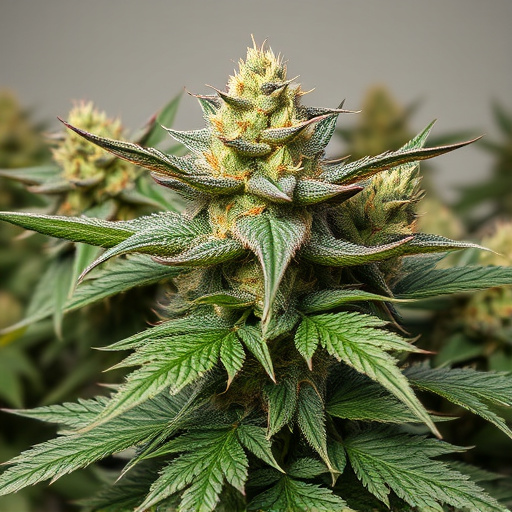
The terpene composition of cannabis plays a significant role in determining detection times, offering insights that extend beyond popular beliefs about “old school” strains. Terpenes are aromatic compounds naturally present in cannabis, each with unique properties and potential effects on the human body. Studies show that specific terpenes can influence the rate at which cannabinoids like THC are metabolized and eliminated from the system, subsequently affecting how long their effects—and detectable traces—remain. For instance, myrcene, a common terpene found in many old school strains, is known for its sedative properties and may slow down metabolic processes, leading to longer detection windows. Conversely, high levels of pinene, prevalent in certain modern hybrids, could expedite excretion, making detection more challenging after recent consumption.
Understanding terpene profiles is crucial for individuals seeking to manage potential legal consequences related to cannabis use. Different terpenes can interact with various cannabinoids, creating complex combinations that impact how quickly and persistently they are detected through urinalysis or blood tests. As such, knowing the terpene makeup of different strains—particularly those considered old school—can provide valuable context for interpreting detection times, especially in regions where cannabis laws vary widely.
In conclusion, understanding the factors that influence cannabis detection times is essential for both consumers and legal authorities. The unique metabolic pathways and cannabinoid profiles of different cannabis varieties, including old school strains, play a significant role in determining how quickly their effects can be detected. Additionally, terpene composition adds another layer of complexity, as these aromatic compounds can either enhance or alter the detection process. By considering these variables, individuals can make more informed choices and better navigate the current legal landscape surrounding cannabis use.


